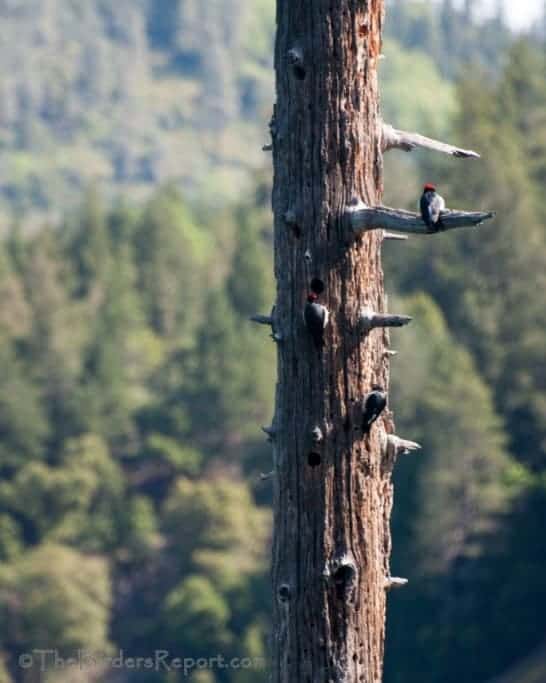
Last week my friend Gary Stacey, the new Wintu Audubon Society president, took me out on Shasta Lake in search of Purple Martins (Progne subis).
You see, Gary had told me that last year when he was out on the lake he saw Purple Martins feeding their young, and had gotten a good close look at their nest sites (without disturbing them of course). Well, I had only seen Purple Martins nesting high up in a snag near Lake Britton and never gotten a good look at them.
Being the largest swallow in North America and among the largest in the world, as well as being one of the most popular backyard birdhouse residents in the Eastern United States, you would think that I would have remedied that situation by now, but no.
The prospect of observing Purple Martins feeding their young in a natural cavity on the lake was a very exciting prospect for me.
You see, this species in eastern North America now breeds almost entirely in backyard birdhouses. Its conversion to human-made martin houses from ancestral nest sites—abandoned woodpecker holes in dead snags—was almost complete before 1900; only a few records of natural nestings east of the Rocky Mountains have been reported during the twentieth century. Yet in the mountain forests, deserts, and coastal areas of western North America, where the species is less common, it still nests almost exclusively in woodpecker holes or natural cavities. Few other species show such a marked or abrupt geographic difference in use of nest sites.
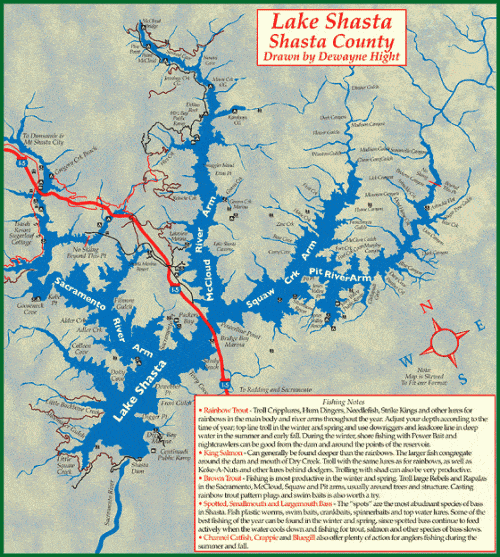
When they created the lake, the trees that were growing in the Pit River arm were left intact and are now seen as snags in that arm of the lake. Perfect habitat for cavity nesting birds.
Acorn and other varieties of woodpeckers help create thousands of nest cavities for several species of birds (click on photos for full sized images).
However, as we traveled further and further up the Pit River arm looking for the elusive Purple Martin we began to worry that we might be too early in the season to see them.
We got great looks at Osprey, Bald Eagles, an Eared Grebe and several Clark’s Grebes…
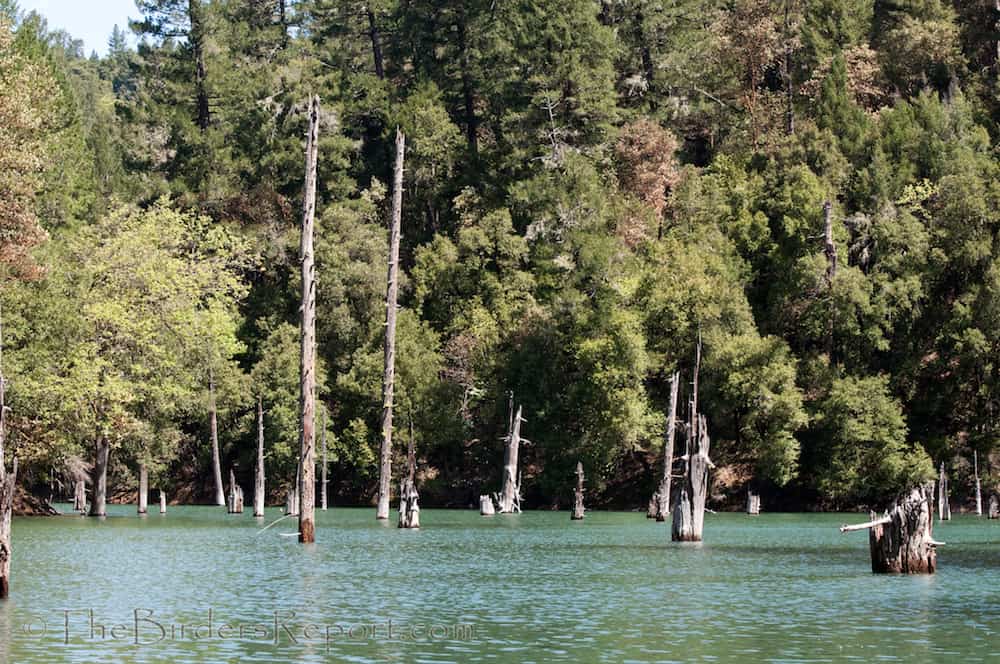



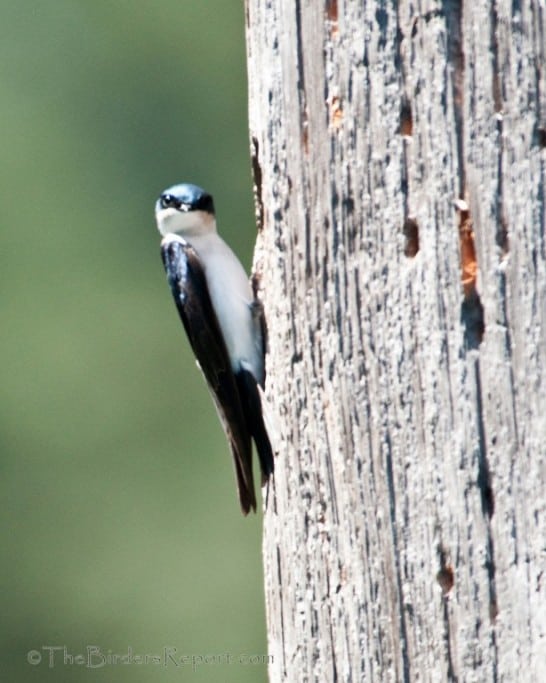
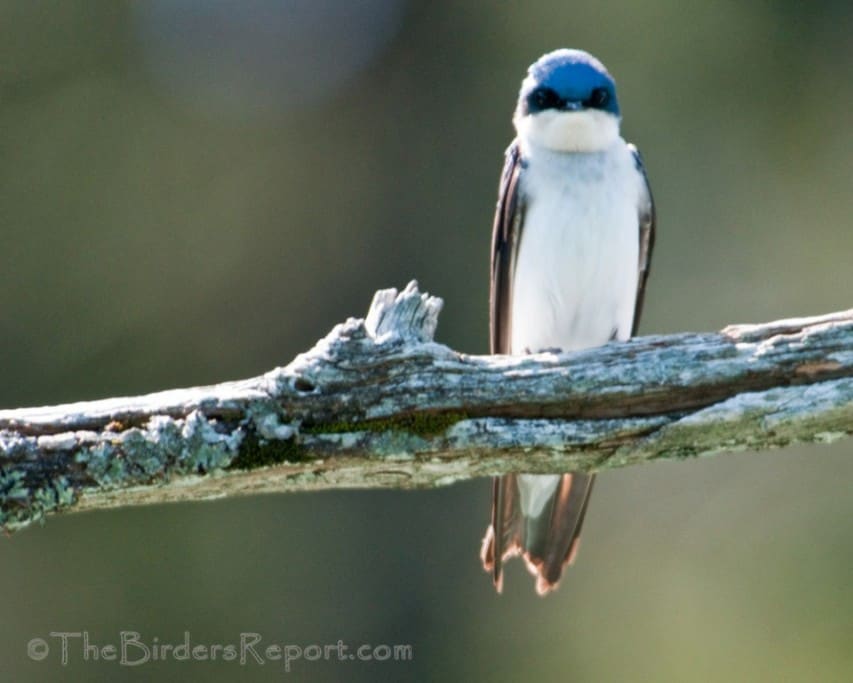

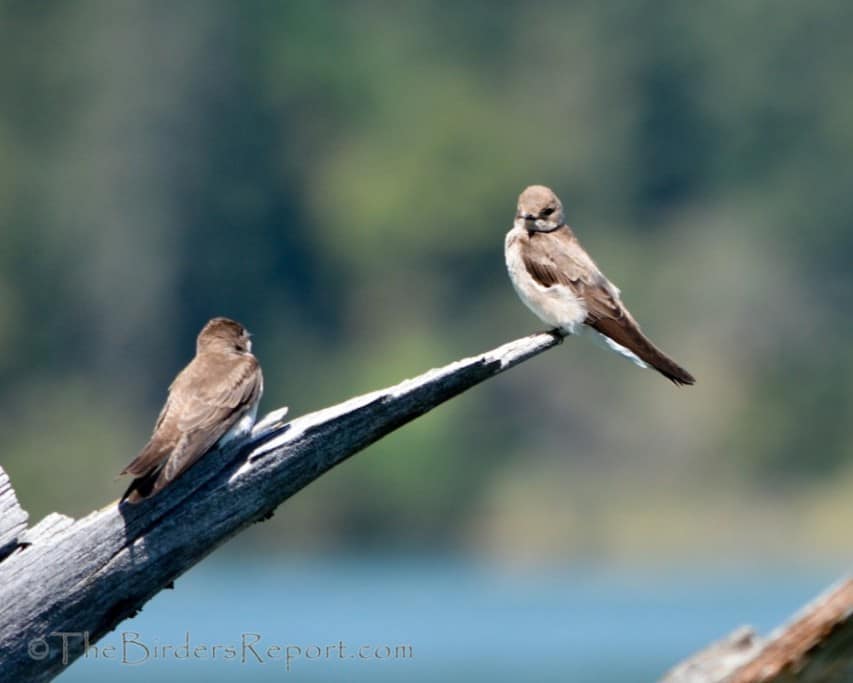
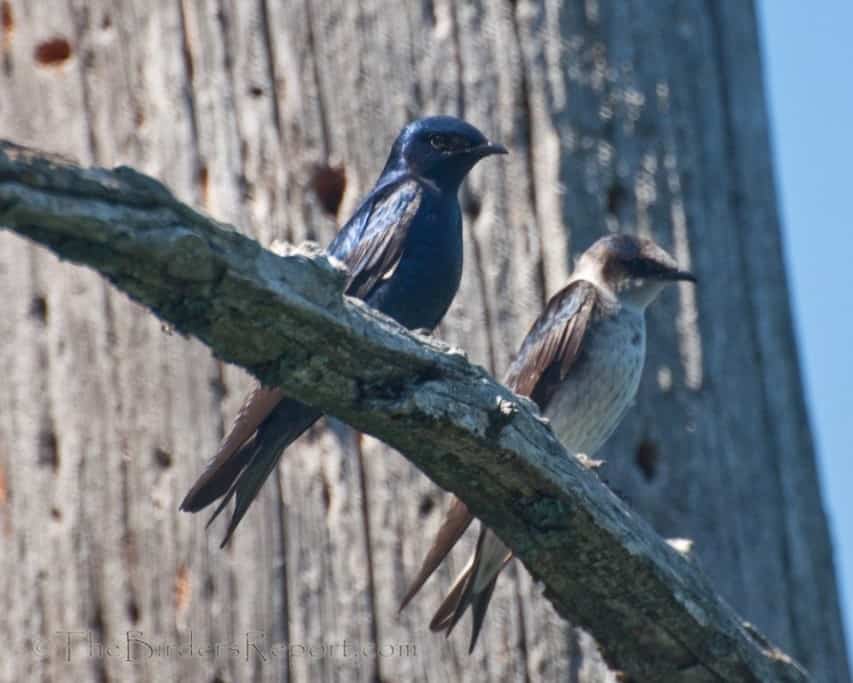
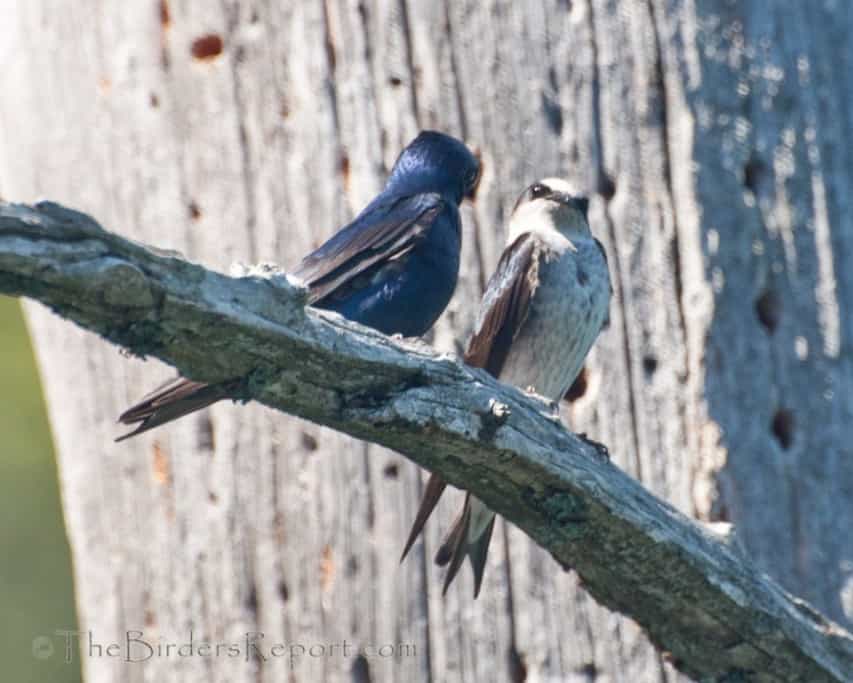
They were Purple Martins! Theiridescent blue male on the left and the lighter bellied female on the right. We only saw six Purple Martinsin the four hours we were out there on the lake, but we did see them, and I will definitely go back in a few weeks to see if I can find a nesting pair feeding their young.
For more more up to the minute news on bird conservation issues, check my “Birds in the News” page, brought to you by the American Bird Conservancy. You will also find posts on local birds and birding in California on my blog The Birder’s Report.
Larry Jordan
Larry Jordan is an avid birder and amateur photographer living on the Pacific Flyway near the Central Valley of Northern California. He is a board member of his local Audubon Society and is a bird and wildlife conservationist. Larry contributes to several wildlife conservation organizations and is a BirdLife International "Species Champion." He is also Habitat Manager for the Burrowing Owl Conservation Network, an organization dedicated to the protection and restoration of the Western Burrowing Owl population in the United States. Larry has been blogging about birds since September of 2007 at TheBirdersReport.com

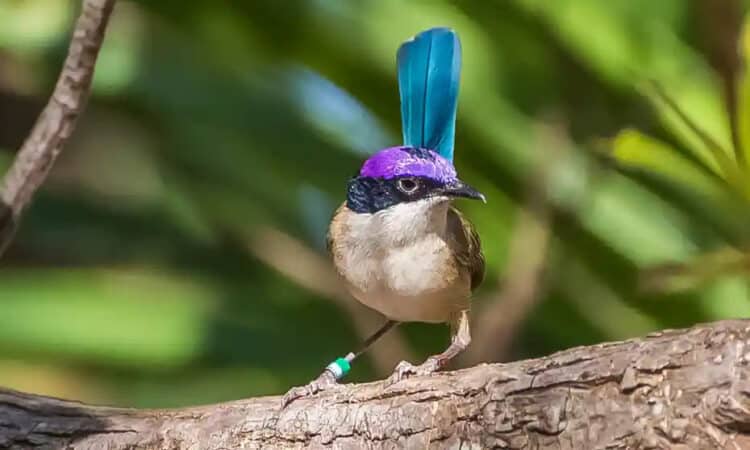
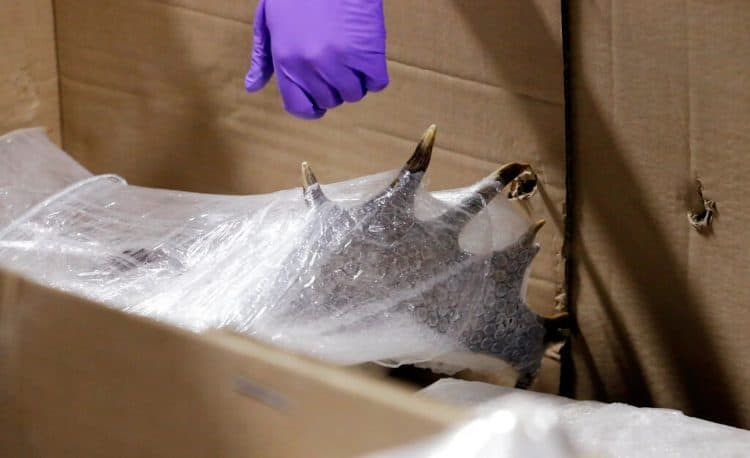
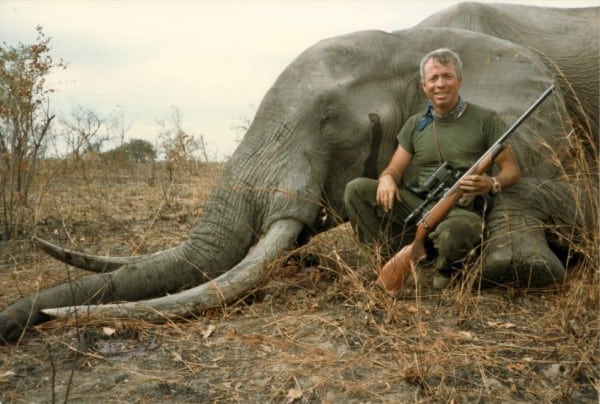


Leave a Reply